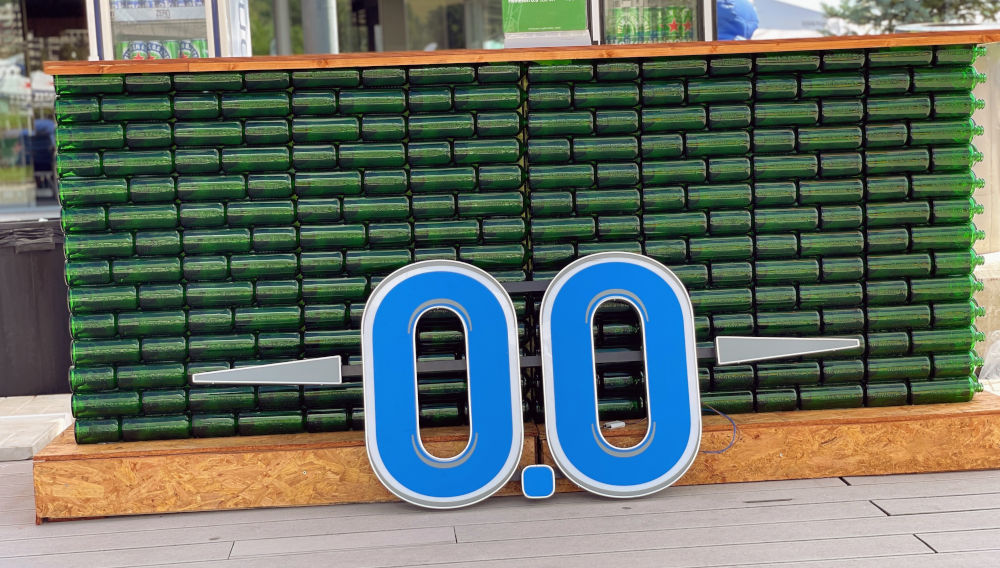AB-InBev concedes that it will miss target for non-alcoholic beers
Belgium | Outside of events like Sober for October and Dry January, is there a potential for the low- and no-alcohol category to become mainstream? AB-InBev thought so when, in 2016, it set itself the target that by 2025 one in five of its beers should be low or non-alcoholic.
It has since admitted that it will miss this target. Its chief sustainability officer, Ezgi Barcenas, told Reuters that “we are a little over 6 percent still,” adding: “We are off track.”
Non-alcoholic beers are so ESG
AB-InBev’s goal was made to support the World Health Organisation in reaching its target to cut harmful drinking by 10 percent in every country by 2025.
With a portfolio of more than 80 low- and non-alcoholic beers, AB-InBev has reached the 20 percent target in some countries, such as China and Panama, but it is still lagging in many others.
The German beer market, where non-alcoholic beers have been available for decades, is a case in point. After years of growing sales, the non-alcoholic beer category still represents less than 10 percent of total beer volume sales. That is despite one in three Radlers (a beer and lemonade mix) and wheat beers being non-alcoholic already.
Globally, the rate is far lower. No- and low-alcohol beer, cider, wine, spirits, and ready-to-drink (RTD) products commanded a 3.5 percent share in 2021, after growing more than 6 percent in volume in 2021, said IWSR, a research firm.
Ultimately, there is a greater potential for non-alcoholic beers than for low-alcoholic ones, as they could appeal to an audience which refuses to consume alcohol full stop.
Keywords
international beer market Belgium health financial figures statistics low-alcohol beers company news non-alcoholic beers
Authors
Ina Verstl
Source
BRAUWELT International 2022


